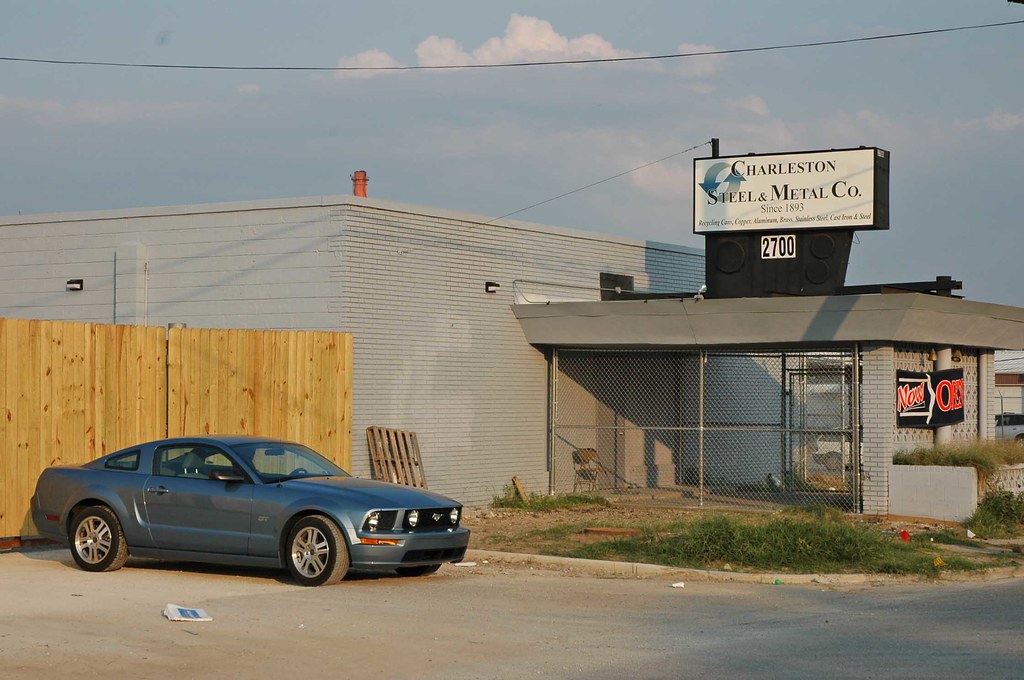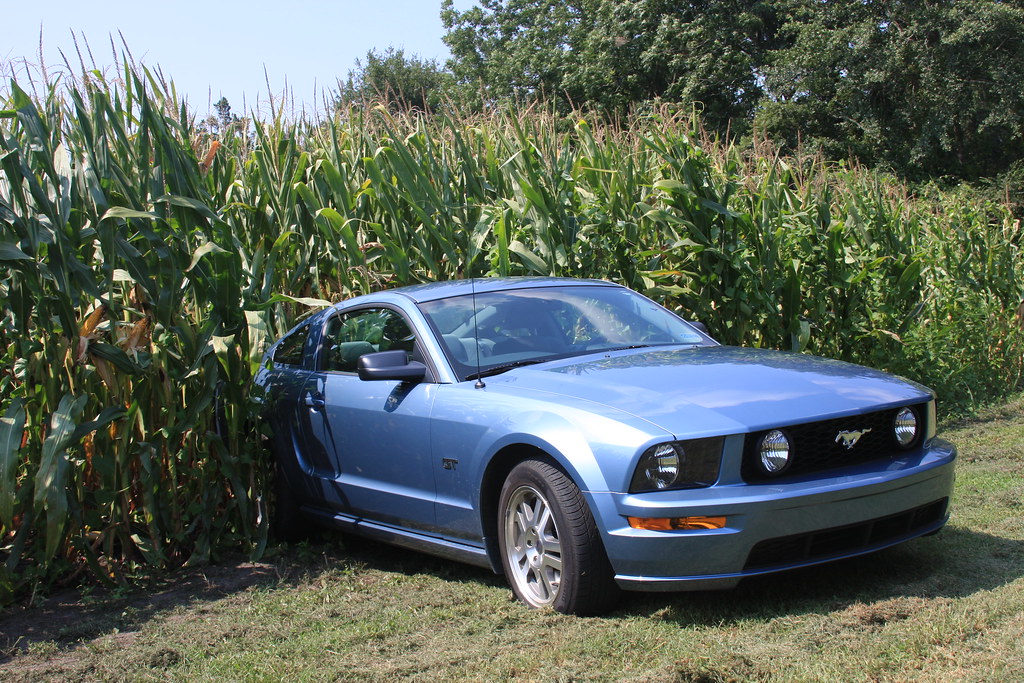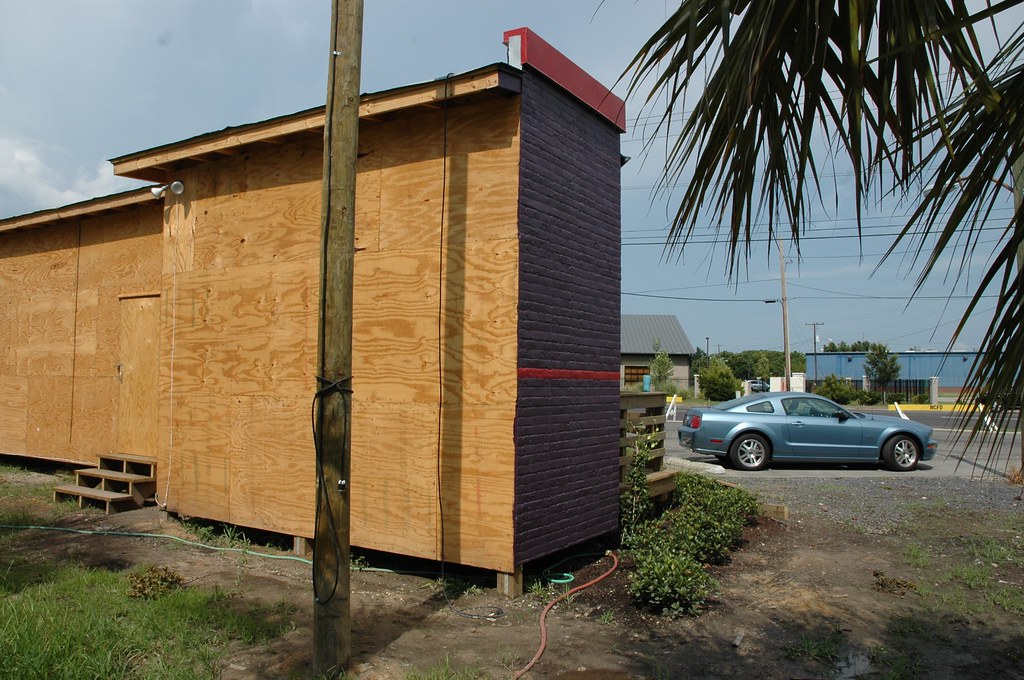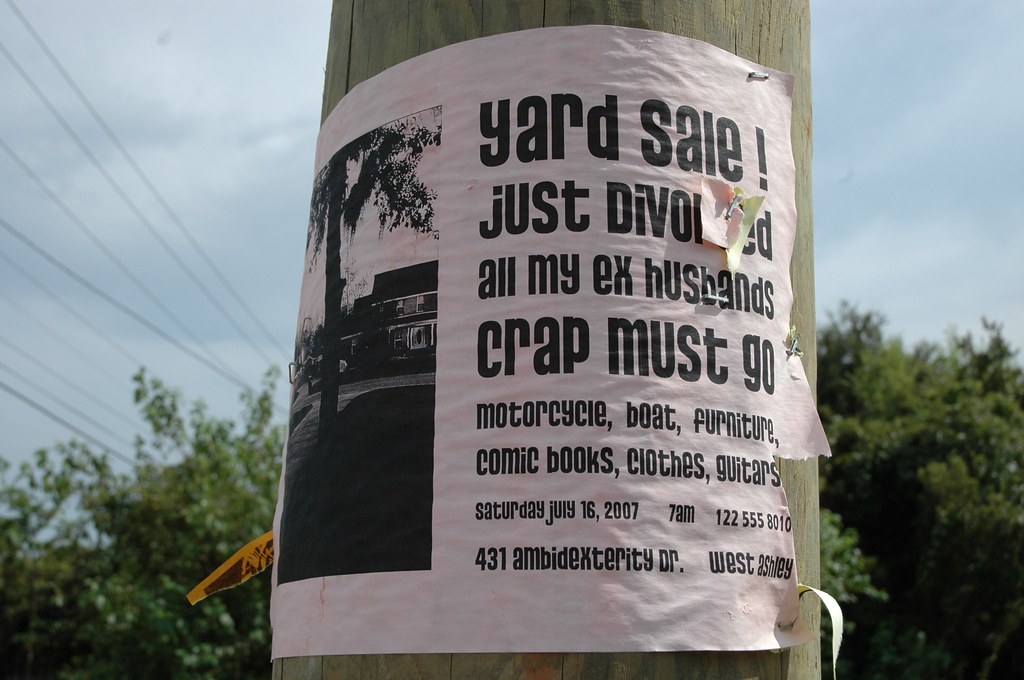Shark Steak Don't Need No Gravy
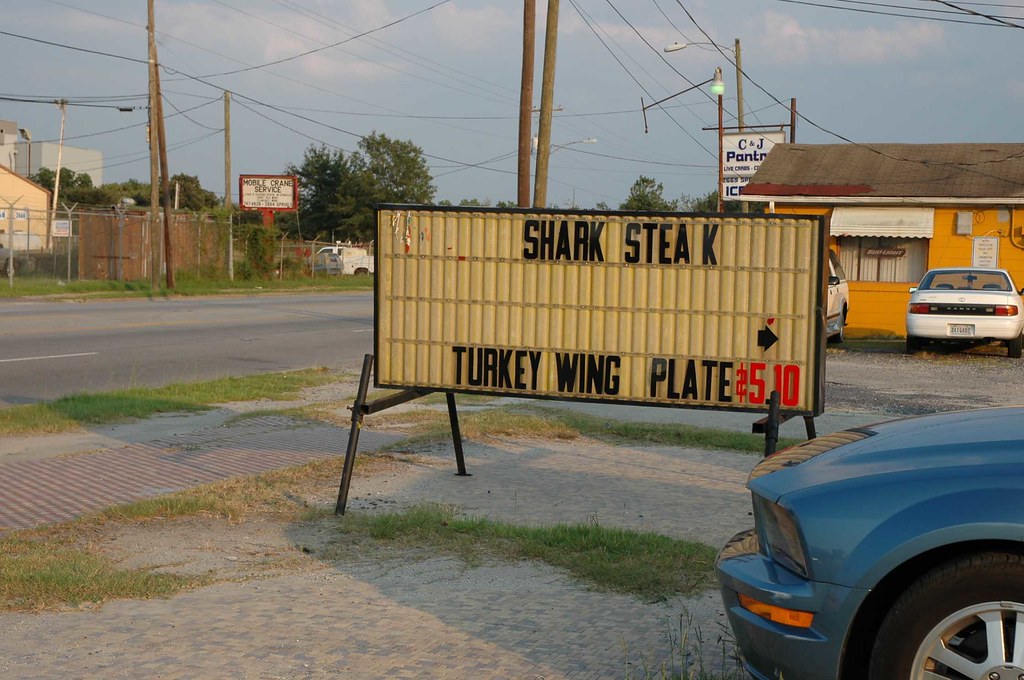

Back in the days before the shark became an icon of film horror, it was food. Certainly no one ever underestimated the predator, but plenty of other creatures in the water would sting, cut, gnaw or eat one. The ideas was to eat them before they ate you. He who caught then sold or ate them was ahead of the game in the far leaner periods of Charleston's history.
Long before fishing became a sport in our local and off shore waters, it was a means of making a living even one of survival. Throughout our history continuing into the 1950s, the streets of Charleston would ring out with the cries of vendors hawking their fish, shrimp and crabs. They called out, " shrimp man " or " shrimp raw " or otherwise broadcast their catches of that day. They pushed weathered wooden carts through which melting ice dripped to the street. At one corner of the cart would be a davit which suspended a scale and beneath that was the weighing pan. This was their only Point of Sale device. The fish you bought from these fellows was a bit this side of Sashimi grade. Charleston had not yet mounted that high epicurean horse which it rides today.
One of the well known promotional jingles held that:
"Shark steak don't need no gravy,
Put 'em in the pot,
They make they own.."
Fashion often shifts the trends in our preferred foods, but in some neighborhoods old tastes endure. In the photo C&J Pantry on Spruill Avenue still keeps the faith. Consider CJ's as one of the last outposts.

